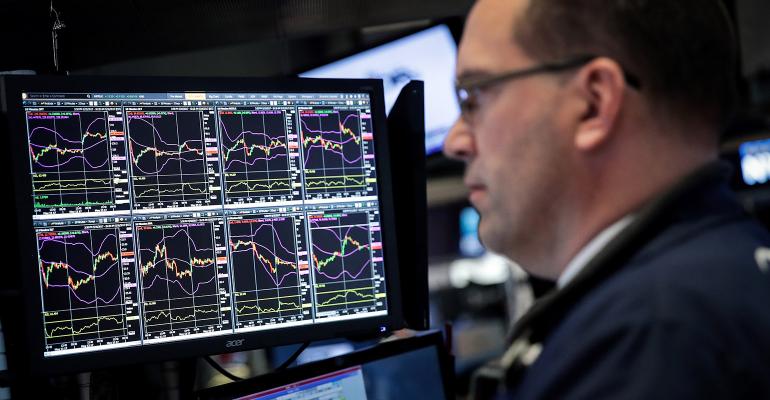By Scott Glasser
My expectation for 2019 is not a bear market—strong cash flows and buybacks will support equities, and quality-oriented stocks will outperform in 2019. But recent overall market weakness may continue, with stocks testing a low, then rallying to make new highs. When conventional market wisdom trends negative, there’s usually buying opportunity for active managers in the weakness.
Markets have become too pessimistic on earnings growth. Company earnings are fine, but likely peaked last year. A step down in growth in 2019 is to be expected given the front-loaded aspects of the Tax Cuts and Jobs Act of 2017; this would be consistent with past tax breaks with similar characteristics.
Interest rates will continue to climb, although at a somewhat subdued rate. The U.S. Federal Reserve will also continue to shrink its balance sheet.
The most important factor affecting returns in 2019 will be liquidity, spreads and interest rates. The biggest risk is a curtailment of liquidity, which will create the next bear market in 2019 or 2020. The proliferation of sector ETFs also is playing a larger role in market dynamics.
Volatility returned in 4Q2018, suddenly. For active investors, there is something to like about volatility: markets that only trend up create fewer opportunities to make changes. Volatility was spurred by increases in 10-year Treasury bonds, term premiums for bonds, worries for China and high-level earnings disappointments. It probably has been as good as it gets for earnings.
The market became more sensitive to comments about trade. Trade touches so many products and areas that it can be difficult to grasp the true impact, even with $250 billion in tariffs; there are so many variables. Yet the market tends to take it as very positive or very negative. The potential impact, assuming another round of tariffs, could be 0.2 percent to 0.5 percent of future GDP.
The U.S. economy peaked at 4.2 percent growth in 2Q2018 and is likely to return 2.5 percent to 3 percent. Early in 2019, investors will start seeing the tail end of one-time tax benefits and the second derivative of growth: growth and earnings will remain solid but on a declining rate from recent highs.
Markets generally don’t like negative second derivatives, when earnings are great but about to be less great yet still good. The market sees this as a decline. Markets like positive second derivatives, when earnings are poor and about to be less poor.
The market doesn’t have a valuation problem—it’s not cheap enough to bring money in, nor expensive enough to keep money out. Valuations have always been terrible timing mechanisms for buying or selling. Sentiment is a better longer-term mechanism, as it tends to be a very powerful indicator at extremes of market tops and bottoms. Still, it’s hard to measure.
Bottoms are made over very short, compact, emotional times; tops are made over longer emotional periods. Highly negative earnings create bottoms. The market does better when earnings are down 20 percent year-over-year and improving than when they’re up 20 percent year-over-year and declining. This is different from the way most people think.
As for sector opportunities, biotech is interesting, but on a longer-term basis. Biotech has not acted defensively despite very reasonable valuations that have gotten cheaper along the way. Yet we find the sector to be among the most attractive across the market. Many biotech companies have few financing needs and good balance sheets, though there is some concern on the generic side with biosimilars, and pipelines have been less productive than in prior years.
Broadly speaking from a portfolio management perspective, a widening of yield spreads should separate leveraged companies from the less-leveraged, with the leveraged becoming more sensitive to market drawdowns or weakness. This should be good for active managers who look at credit default swap spreads and other debt measures. Active managers can differentiate a quality company with a smarter debt structure that otherwise might get sold off in a basket by a quant program.
With so much of the market quantitatively driven, active management should have a good deal of opportunity in 2019.
Scott Glasser is the Co-Chief Investment Officer at ClearBridge Investments, a subsidiary of Legg Mason. His opinions are not meant to be viewed as investment advice or a solicitation for investment.





